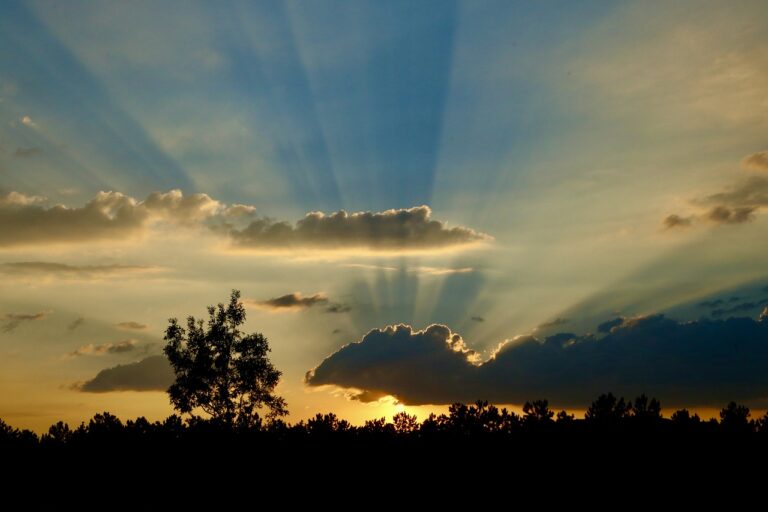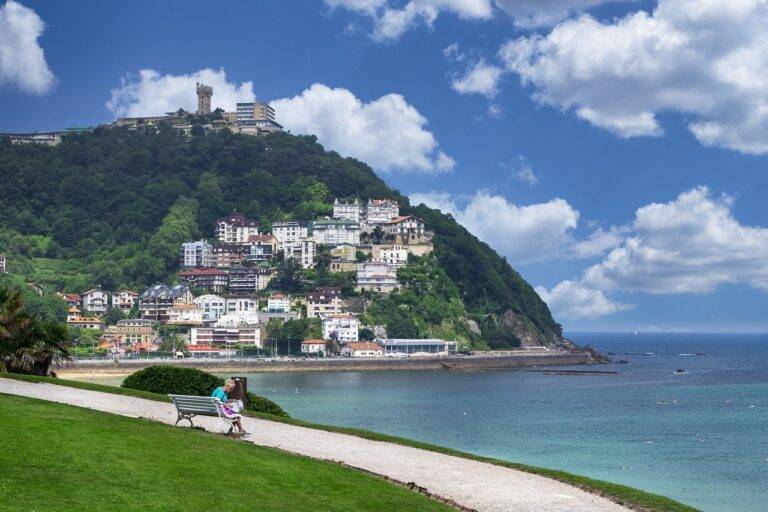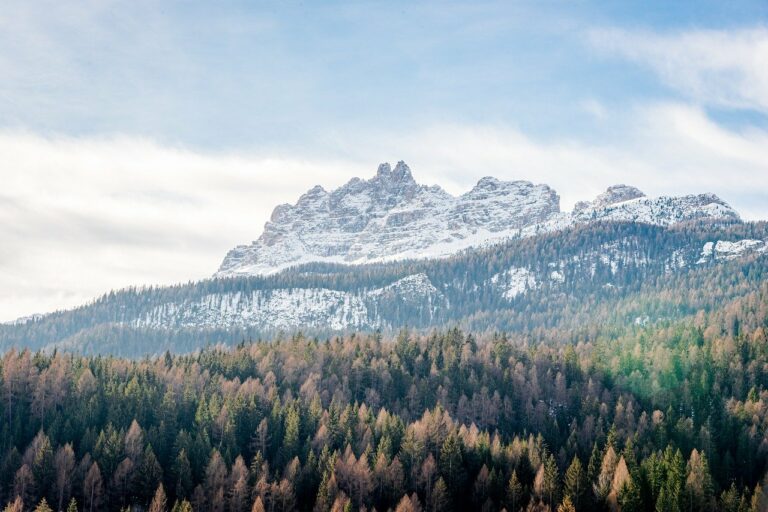Exploring the World’s Most Iconic Natural Wonders
The Grand Canyon is one of the most iconic natural wonders in the world, located in the state of Arizona in the United States. With its vast expanse of colorful rock formations, steep cliffs, and winding Colorado River, the Grand Canyon is a must-see destination for nature enthusiasts and outdoor adventurers.
The Great Barrier Reef, Australia
The Great Barrier Reef is the largest coral reef system in the world, stretching over 2,300 kilometers off the coast of Queensland, Australia. This underwater paradise is home to a diverse array of marine life, including colorful coral gardens, tropical fish, sharks, and sea turtles. Snorkeling and diving in the Great Barrier Reef offer a unique opportunity to explore this underwater wonderland.
The Northern Lights, Iceland
The Northern Lights, also known as the Aurora Borealis, are a natural light display that occurs in the polar regions of the Earth. Iceland is one of the best places to witness this breathtaking phenomenon, with its dark winter nights providing the perfect backdrop for the dancing lights in the sky. Visitors can take guided tours or go on a self-drive adventure to chase the Northern Lights in Iceland.
The Amazon Rainforest, Brazil
The Amazon Rainforest is the largest tropical rainforest in the world, covering an area of over 5.5 million square kilometers in South America. Home to an incredible diversity of plant and animal species, the Amazon Rainforest is a vital ecosystem that plays a crucial role in regulating the Earth’s climate. Travelers can explore the Amazon Rainforest through guided tours, river cruises, and jungle treks.
The Victoria Falls, Zambia/Zimbabwe
Victoria Falls is one of the most awe-inspiring waterfalls in the world, located on the border between Zambia and Zimbabwe in southern Africa. With a width of 1,708 meters and a height of 108 meters, Victoria Falls is considered the largest waterfall by total width in the world. Visitors can admire the thundering cascade of water from various viewpoints, take a dip in the Devil’s Pool, or go on thrilling activities such as bungee jumping and white-water rafting.
The Mount Everest, Nepal/Tibet
Mount Everest is the highest mountain in the world, standing at 8,848 meters above sea level on the border between Nepal and Tibet. Climbing Mount Everest is a dream for many adventurous souls, although it requires rigorous training, experience, and proper equipment due to the extreme altitude and harsh weather conditions. For those who prefer a less challenging experience, there are trekking routes around the Everest region that offer stunning views of the mountain and surrounding Himalayas.
FAQs
1. How can I visit these natural wonders?
Each natural wonder has its own accessibility and visiting options. Some can be easily reached by road or air, while others may require hiking, boating, or even climbing. It is recommended to do thorough research and plan your trip accordingly, taking into consideration factors such as weather, permits, and transportation.
2. Are these natural wonders affected by climate change?
Yes, many of the world’s iconic natural wonders are facing the impacts of climate change, including rising temperatures, extreme weather events, and habitat destruction. It is important for travelers to be mindful of their ecological footprint and support sustainable tourism practices to help protect these fragile ecosystems for future generations.
3. What is the best time of year to visit these natural wonders?
The best time to visit each natural wonder can vary depending on the season, weather conditions, and specific activities you intend to do. It is recommended to check the optimal time to visit each destination based on factors such as wildlife migration, water levels, and peak tourist seasons to make the most of your experience.
4. Can I take photos and videos at these natural wonders?
Photography and videography are typically allowed at most natural wonders, but it is important to respect any guidelines or restrictions in place to protect the environment and wildlife. Make sure to capture the beauty of these natural wonders responsibly and without causing any harm to the surroundings or disturbing the wildlife.





